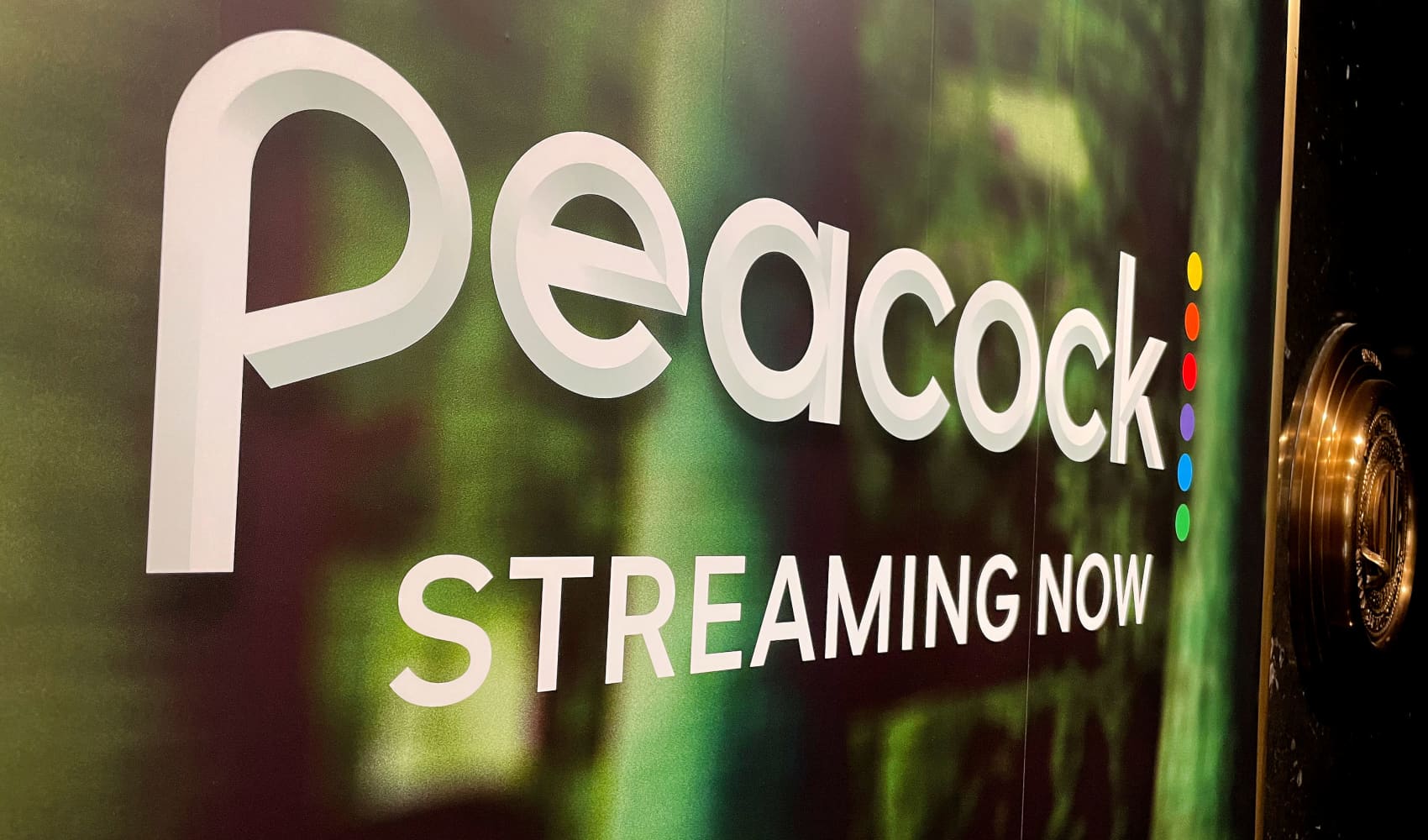
- The first-quarter estimated tax deadline for 2024 is April 15, which coincides with most taxpayers' federal tax due date.
- You may need to make estimated tax payments for income from self-employment, gig economy work, investment earnings and more.
- Tax filers may avoid late payment penalties by sending 90% of 2024 taxes or 100% of 2023 levies if adjusted gross income is less than $150,000.

If you are racing to file taxes, you could miss another key deadline: the April 15 due date for first-quarter estimated tax payments.
Estimated tax payments typically apply to earnings from gig economy work, freelancing, small business, retirement or investing, which may have no tax withholdings.
Get Southern California news, weather forecasts and entertainment stories to your inbox. Sign up for NBC LA newsletters.
If you expect to owe at least $1,000 in taxes, you must make your first-quarter estimated payment for 2024 by April 15.
That can be "tricky" for certain tax filers with federal taxes due on the same day, according to certified public accountant Tom Wheelwright, CEO of WealthAbility.
More from Personal Finance:
This simple move 'takes minutes' to file a free federal tax extension, pro says
Here's the inflation breakdown for March 2024 — in one chart
Why the Federal Reserve is in no rush to cut rates in 2024
Money Report
Estimated tax payments can help filers avoid penalties, the IRS reminded taxpayers earlier this month. The 2024 payment due dates are April 15, June 17, Sept. 16 and Jan. 15, 2025.
If you skip these payment deadlines, you could trigger an interest-based penalty calculated with the current interest rate and balance due. The penalty compounds daily.
There is a 'measuring stick' for payments
Calculating quarterly estimated payments can be confusing for some taxpayers, experts say.
But there is a "measuring stick" to make it simpler, according to certified financial planner Eric Bronnenkant, head of tax at Betterment, a digital investment advisor.
As long as your payments meet the "safe harbor" rules from the IRS, there won't be penalties, explained Bronnenkant, who is also a certified public accountant.
You meet those requirements by paying at least 90% of the current year's tax liability or 100% of last year's taxes, whichever is smaller.
For example, if you owed $20,000 for 2023, you could divide that by four and pay $5,000 each quarter to meet the safe harbor rules, Bronnenkant said.
The safe harbor jumps to 110% if last year's adjusted gross income was $150,000 or higher. You can find adjusted gross income on line 11 of Form 1040 from your 2023 tax return.
Of course, you could still owe taxes for 2024 if you earn more than expected and do not adjust your tax payments accordingly.
How to make quarterly estimated tax payments
You can pay quarterly taxes via your IRS online account, which "streamlines" the process because you can check payment history, monitor pending payments and more, according to the agency.
"Make sure you get the confirmation," Wheelwright said. "Don't assume it went through."
Filers without an IRS account can also pay online via IRS Direct Pay or the U.S. Department of the Treasury's Electronic Federal Tax Payment System, or EFTPS.
For those who prefer payment by mail, Wheelwright recommends sending it by certified mail with a return receipt because you may "have to prove that you made it on time."






